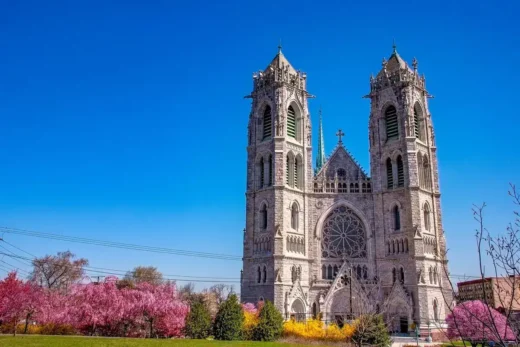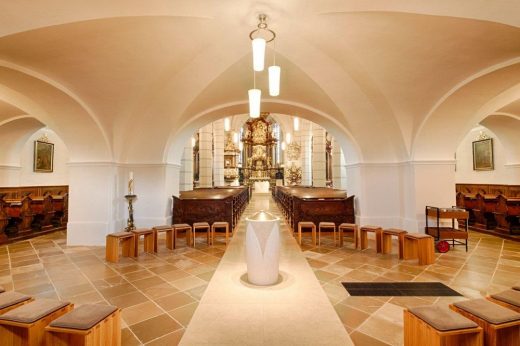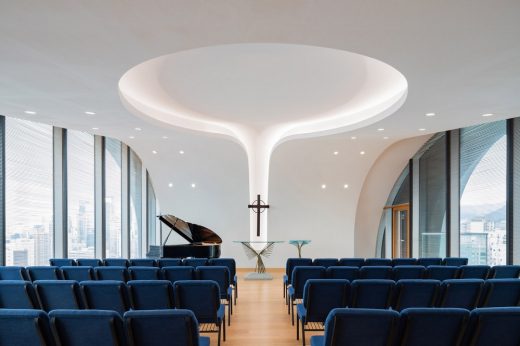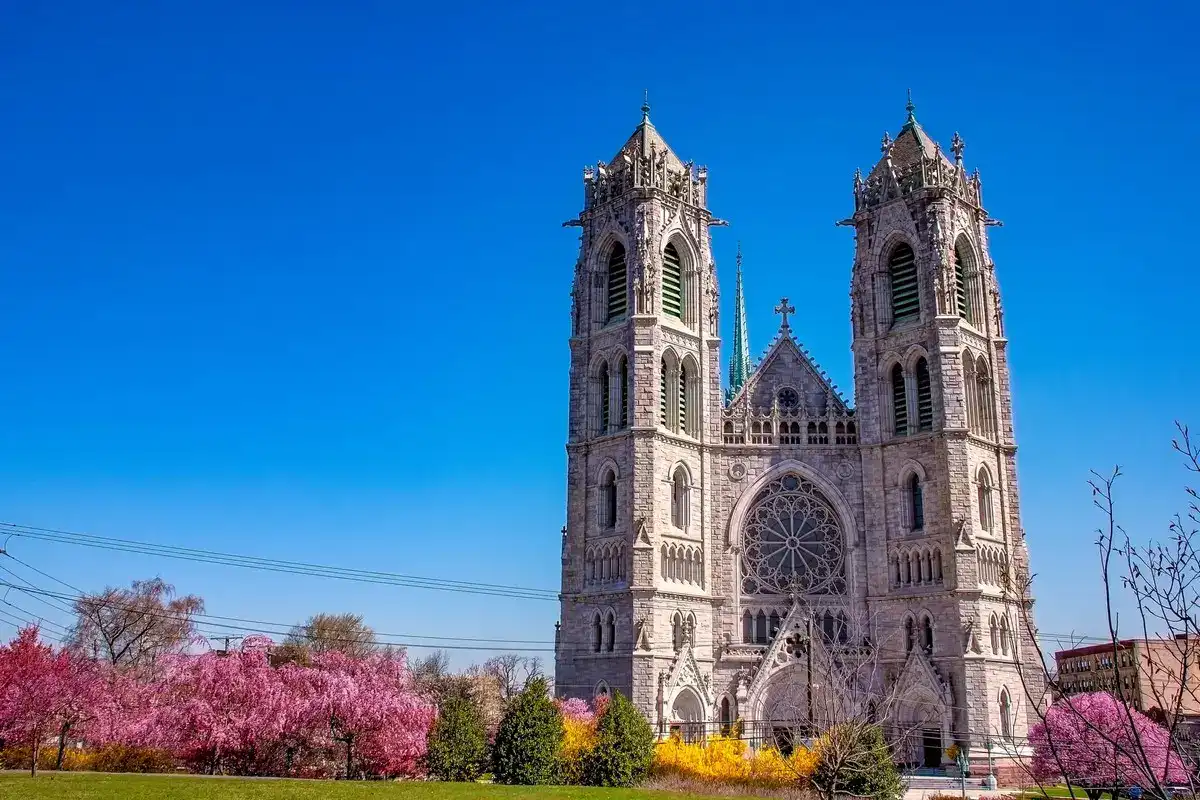8 amazing things to know about church architecture advice, Religious property guide, Building design tips
8 Amazing Things You Didn’t Know about Church Architecture
post updated 11 May 2025

photo : Robert Thiemann on Unsplash
The church plays an important role in the life of every devoted Christian man and woman and Christianity overall. It is a sacred place where people worship God, promote their spiritual well-being, and form a community to help each other. Despite their essential mission, churches also exemplify advanced architectural design, which is why many chapels and cathedrals become some of the most visited tourist destinations in different countries around the world.
Church architecture is diverse, as the layouts of houses of worship have been changing for centuries. Even today, religious art is constantly transforming itself and leans to modernity, which indicates the subtle flexibility of such seemingly conventional buildings. If you passionate about architecture and want to find out more interesting information about how churches are planned, designed, and built, below is the list of eight amazing things about church architecture.
June 28, 2021
A historical note
Historically, churches came in all shapes and sizes. With the emergence of Christianity, people gathered in small spaces reminding local domestic buildings to avoid persecution. When Christianity became a lawful religion, private homes were substituted with Roman churches. That is why most church buildings, as we know them today, consist of architectural features invented by Ancient Romans.
Special attention should be paid to Eastern Orthodox and Byzantine church architecture, as the west and the east had different approaches to church construction. Later on, however, designs ended up being combined, meaning that many Orthodox churches started to incorporate elements of both eastern and western design traditions. Now, let’s get back to the amazing things that will hopefully satisfy your curiosity.
8 amazing things you didn’t know about church architecture
- There are primarily two main categories of church architecture
It is next to impossible to count how many church architecture styles actually exist. To make the classification more simple, it is common to divide churches into Romanesque and gothic. These are two highly different categories of architecture that the majority of buildings usually fit into.
- Cruciform shape
The shape of the church is something pretty obvious yet not easily identifiable. Most churches are built in the form of the cross (a so-called cruciform shape). The Christian cross is the principal symbol of the Christian religion, so it is no wonder that the Church chose it to be the main pattern.
- A multifunctional steeple
A steeple is one of the most interesting design elements of the church. First and foremost, it is a vital visual component allowing people to enhance the lines of the church. In other words, the steeple directs your gaze to the heavens. Also, it is a landmark for people who are looking for a church in a town.
- A church bell is more than it seems
Being an integral part of the steeple, a church bell indicates a time for people to gather for worship. Centuries ago, bells also fulfilled the warning function, signalizing the approaching storm, town fire, or a hostile army. Nowadays, many of them are, however, replaced with high-resolution speakers.
- The phenomenon of stained glass windows
Stained glass is one of the most colorful and vibrant parts of the church. Among traditional elements of design, stained glass windows are still extensively incorporated in modern church architecture. Not only are they used for aesthetic purposes, but they are also made for biblical narrative since they feature moments and stories from the Holy Book.
- The double meaning of a cross/crucifix
The placement of the crucifix is another startling thing you should know. The fact is that the Catholics and Protestant churches choose different approaches to the representation of the cross. The former depict Jesus hanging on the cross, whereas the latter opt for a bare cross instead.
- Stave churches
Made of wooden poles, stave churches come across as an indispensable part of the church building traditions. Back in the Middle Ages, there were more than 2,000 wooden buildings all around North-Western Europe. As of today, only several dozens of churches have survived, mainly in Norway. What makes them unique is an ancient technique allowing architects to construct self-supporting walls placed on a stone foundation.
- The functional aesthetics of modern churches
Modern rules of aesthetics have greatly influenced the way churches look nowadays. In essence, it is a mixture of traditions and minimalism. Arguably the most drastic difference is lightning. Older churches rely on natural light, while modern ones focus on artificial light, which overall enhances the space atmosphere.
Check out our page with the major Church Architecture around the world.
A new perspective on churches
Church architecture is more complex than most people think. Furthermore, there is no ultimate formula for the perfect design. Each church, temple, cathedral, or another religious building has its own unique beauty and style.
With all the above-mentioned details in mind, you can take a more thorough look at how different sacred places are designed and constructed. Now, you better understand the nature of church architecture and hence can discern fundamental architectural elements that other people simply do not notice.
Comments / photos for the guide to 8 amazing things to know about church architecture help page welcome
Church Building Design
Church Building Designs – selection on e-architect:
Parish church in Mank, Lower Austria

photo : LITE Studio
Wesleyan House Methodist Church, Wan Chai, Hong Kong, China

photograph : Rocco Design Architects
Pullenvale Church Building, Brisbane, Queenlsand, Australia
Evangelical Lutheran Church of Bavaria, Nuremberg, Bavaria, southern Germany
Religious Buildings
Contemporary Religious Property Designs – recent architectural selection from e-architect below:
Comments / photos for the 8 amazing things to know about church architecture advice page welcome.





